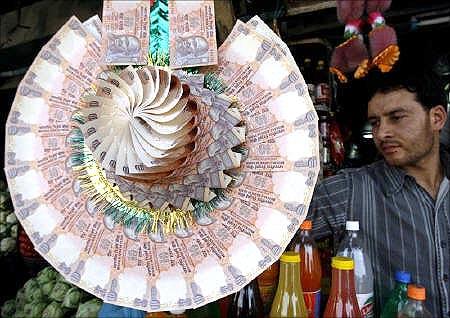
Household savings in financial assets continue to make way for higher allocation to physical assets like property and gold.
In 2012-13, financial assets, including banks deposits, mutual funds, equity, bonds, and pension and insurance funds, accounted for only a third of all household savings, down from nearly half in 2006-07.
The rest was absorbed by physical assets, choking the funds’ flow into the financial market.
Such a low ratio for financial to physical savings was last seen in the late 1960s, in the run-up to bank nationalisation, when it had hovered in the 27-30 per cent range from 1966-67 to 1971-72.
. . .

The impact is felt in the capital expenditure by the corporate sector.
Capital formation by private-sector companies has declined 14 per cent at constant prices in the past five years, despite a 66 per cent rise in household savings and a 40 per cent rise in overall capital formation during the period.
By comparison, capital formation by households more than doubled during the period. This has drastically changed the composition of investments in the economy.
At their peak in 2007-08, companies accounted for nearly half (46.5 per cent) of India’s gross domestic capital formation.
. . .
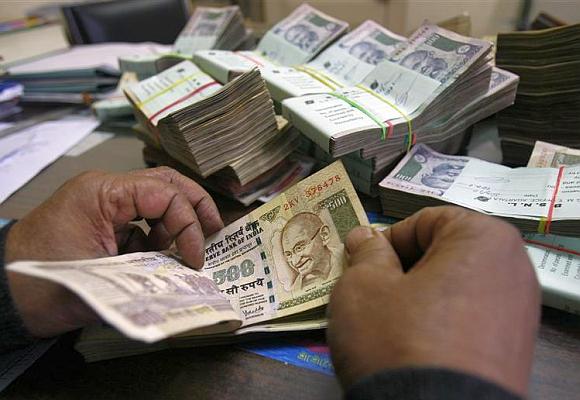
Their share declined to 28.9 per cent in 2012-13, while the household sector’s share shot up to 41 per cent from 27.5 per cent five years ago.
The public sector’s share declined only marginally to 22.2 per cent last year from 23.1 per cent in 2007-08.
The share of valuables during the period climbed to 7.9 per cent from 2.9 per cent.
“A combination of negative interest rates (adjusted for inflation) and a boom in real estate and gold induced savers to increase investments in property and gold and cut down on their exposure to bank deposits and equity markets.
. . .
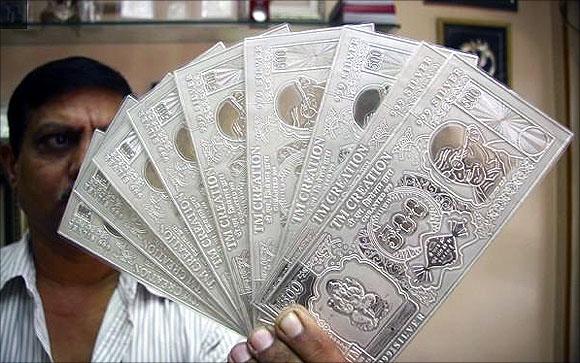
“This choked the flow of funds to banks and the capital market, making it tough for firms to raise capital,” says Devendra Pant, head economist at India Ratings.
Correcting this skew will be crucial in reviving the corporate capital expenditure cycle, he says.
Households are India’s biggest contributor of savings, accounting for nearly three-fourths of all savings (72.7 per cent) in 2012-13, while the private corporate sector accounted for just under a quarter (23.4 per cent) and the rest came in from the public sector.
A higher allocation to physical savings by households deprives companies and the public sector of capital they access through banks, the equity market, insurance and pension funds.
. . .
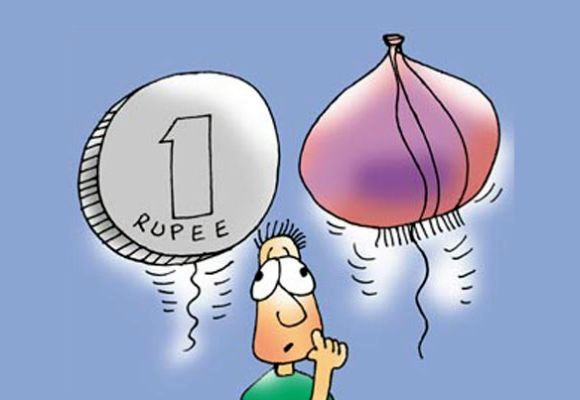
This explains a scramble among banks in recent years to attract deposits by offering higher interest rates on savings accounts.
By contrast, there has been only a small dip in the overall investment rate from a high of 42.7 per cent of gross domestic product in 2010-11 to 41.9 per cent in 2012-13, according to data from the Reserve Bank of India.
Compared with this, the investment rate was just around 30 per cent in 2003-04, the last year of the Atal Bihari Vajpayee government.
The current investment rate should have translated into a GDP growth rate of nine per cent or higher, given India’s incremental capital output ratio of around 4.1.
. . .
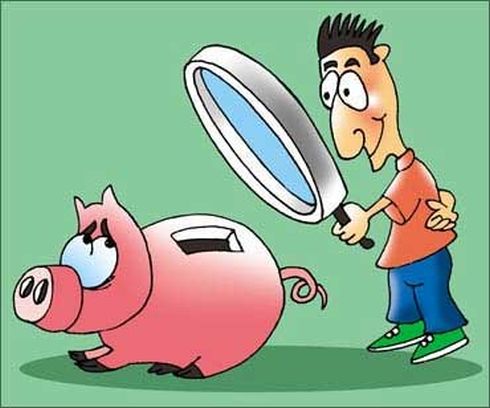
Instead, GDP growth slumped to a decade’s low in 2013-14 and the outlook remains muted.
According to experts, the new government needs to reverse this by rewarding financial savings and punishing savings in land, real estate and bullion by ending or restricting the tax break to the housing sector and by keeping gold imports in check.
“The new government should boost financial savings ahead of investments to improve capital flows to the productive sectors of the economy.
Historically, the growth cycle has followed a phase of readjustment, where the investment rate continued to decline and the savings rate began to rise above the investment rate, thereby creating a current account surplus and declining interest rates,” writes Dhananjay Sinha of Emkay Global Financial Services in a report on market strategy after Narendra Modi's victory in this year’s general elections.
. . .
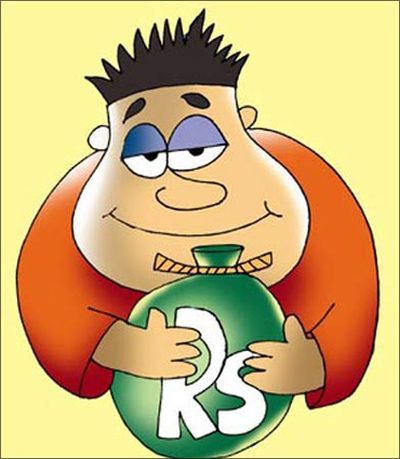
A leash on inflation would also prove handy.
“We need low inflation and a positive real rate of interest to make bank deposits viable saving options ahead of property and gold,” says Madan Sabnavis, head economist at Care Ratings.
None of this will be easy, given the exposure of banks and households to the real estate sector.
A sharp decline in realty prices might saddle banks with non-performing assets and trigger a backlash from home buyers and owners.
Similarly, jewellers might react negatively if the new government continues with import curbs on gold.